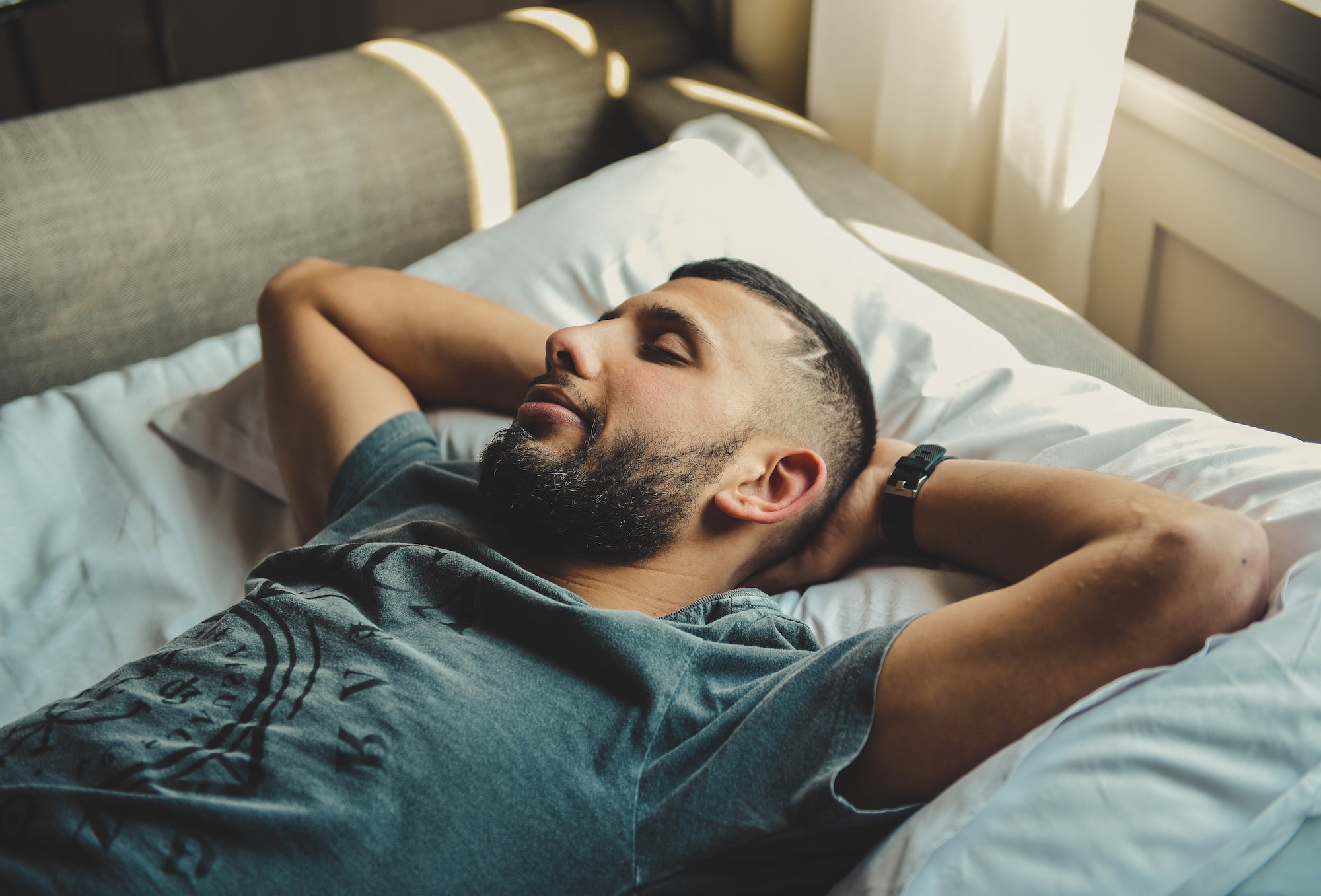A restful night’s sleep is crucial for optimal athletic performance. In this article, we will explore tips for optimizing your sleep environment to promote restful nights and improved workout performance, including establishing a consistent sleep schedule, creating a comfortable and dark sleep space, and developing a bedtime routine.
Establish a Consistent Sleep Schedule
Creating a consistent sleep schedule helps regulate your body’s internal clock, making it easier to fall asleep and wake up feeling refreshed. By following these tips, you can establish a routine that supports your fitness goals and overall well-being:
Stick to a Regular Bedtime and Wake-Up Time
Set a regular bedtime and wake-up time, even on weekends, to establish a consistent sleep pattern. This consistency helps your body recognize when it’s time to sleep and wake, leading to better quality sleep and increased energy levels.
Prioritize Sleep Consistency
While it may be tempting to stay up late or sleep in on weekends, maintaining a consistent sleep schedule is crucial for long-term sleep quality. Make sleep a priority by planning social activities and commitments around your established sleep schedule.
Adjust Your Sleep Schedule Gradually
If you need to adjust your sleep schedule, do so gradually by shifting your bedtime and wake-up time in 15-minute increments. This gradual approach helps minimize the impact on your body’s internal clock and makes it easier to adapt to the new schedule.
Limit Naps
While napping can be helpful for a quick energy boost, it’s essential to limit naps to avoid disrupting your nighttime sleep schedule. Aim for short naps (20-30 minutes) earlier in the day to prevent interfering with your ability to fall asleep at night.
Create a Comfortable and Dark Sleep Space
A comfortable and dark sleep environment is essential for restorative sleep and improved athletic performance. Consider these tips to optimize your sleep space for better rest and recovery:
Invest in a Quality Mattress and Pillows
A comfortable mattress and supportive pillows are crucial for proper spinal alignment and restful sleep. Invest in a mattress that suits your preferred sleep position and firmness level, and replace pillows every 1-2 years to maintain optimal support.
Maintain a Cool Room Temperature
A cooler room temperature, typically between 60-67°F (15-19°C), can promote better sleep by helping your body maintain its optimal sleep temperature. Experiment with adjusting your thermostat, using fans, or adding/removing blankets to find the ideal temperature for you.
Block Out Light
Exposure to light during the night can disrupt your body’s production of the sleep hormone melatonin, making it harder to fall asleep and stay asleep. Use blackout curtains, shades, or an eye mask to block out light and create a dark sleep environment.
Minimize Noise Disturbances
Noise can disrupt your sleep, making it difficult to fall asleep and stay asleep throughout the night. Use earplugs, a white noise machine, or a fan to mask disruptive sounds and create a more peaceful sleep environment.
Keep Electronics Out of the Bedroom
Electronic devices, such as smartphones, tablets, and TVs, emit blue light that can interfere with melatonin production and disrupt sleep. Establish a tech-free zone in your bedroom to minimize exposure to blue light and create a more relaxing environment for sleep.
Develop a Bedtime Routine
Developing a pre-bedtime routine can signal your body that it’s time to wind down and prepare for sleep. Spend 30-60 minutes before bed engaging in calming activities to help transition your body into a relaxed state. Follow these tips to establish a calming pre-sleep routine that supports better athletic performance:
Disconnect from Electronic Devices
Avoid using electronic devices for at least 30 minutes before bedtime to minimize exposure to blue light, which can interfere with melatonin production and disrupt sleep. Instead, engage in relaxing activities, such as reading a book, journaling, or meditating.
Practice Relaxation Techniques
Incorporate relaxation techniques into your bedtime routine to help calm your mind and ease tension in your body. Consider practicing deep breathing exercises, progressive muscle relaxation, or guided imagery to promote relaxation and prepare for sleep.
Enjoy a Warm Bath or Shower
Taking a warm bath or shower before bed can help your body transition into a state of relaxation. The temperature change from warm water to a cooler bedroom environment can trigger sleepiness and make it easier to fall asleep.
Conclusion
Optimizing your sleep environment plays a significant role in ensuring restful nights and improved athletic performance. By establishing a consistent sleep schedule, creating a comfortable and dark sleep space, and developing a bedtime routine, you’ll set yourself up for success in both your sleep and fitness goals.

Leave a Reply